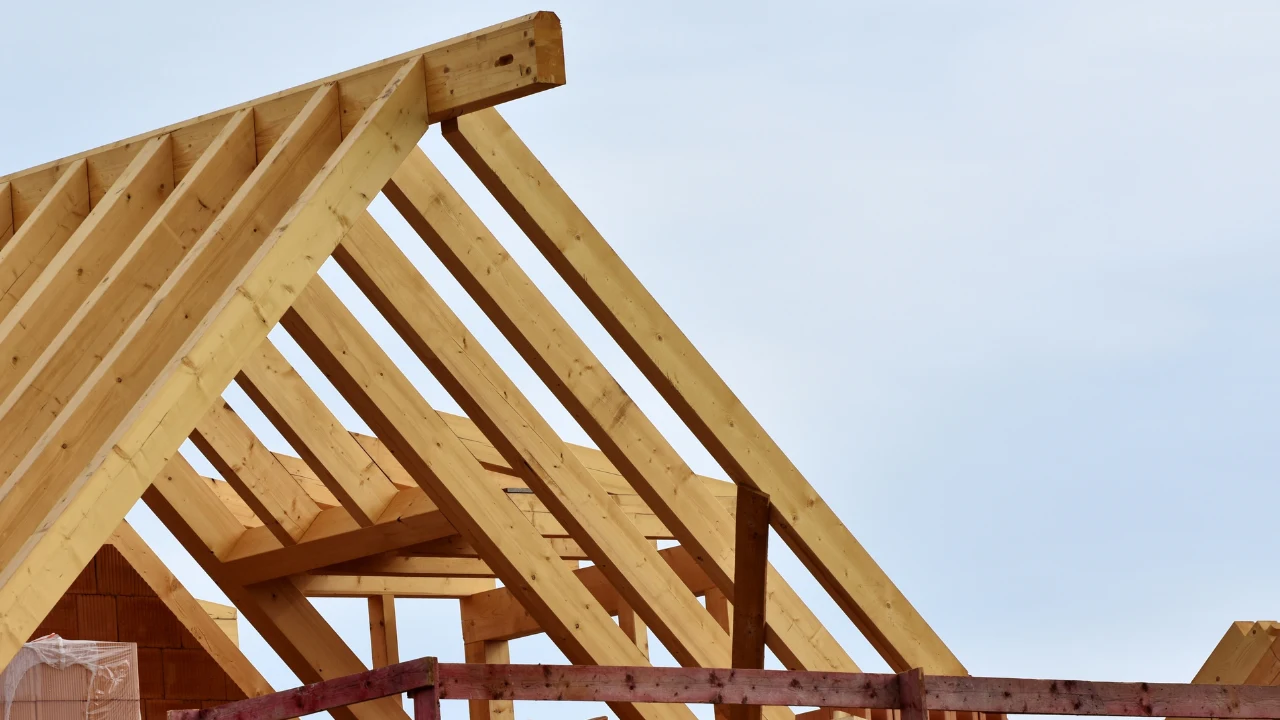A Truss Efficiency Calculator helps engineers, builders, and DIY enthusiasts determine how well a truss performs in carrying loads relative to its weight and span. By inputting the load capacity, truss weight, and span length, this calculator provides key efficiency metrics to evaluate truss performance.
Understanding Truss Efficiency
Truss efficiency is a measure of how much load a truss can support in comparison to its own weight and span. A more efficient truss can carry a higher load while minimizing material usage.
Truss Efficiency Formulas
1. Efficiency Ratio
The efficiency ratio is calculated as the ratio of the load capacity to the truss weight:
Efficiency Ratio=Truss WeightLoad Capacity
2. Load Capacity Per Weight
This metric determines how much load the truss can support per unit weight:
Capacity Per Weight=Truss WeightLoad Capacity (lbs per lb)
3. Load Capacity Per Span
This metric shows how much load the truss can carry per unit of its span:
Capacity Per Span=Span LengthLoad Capacity (lbs per ft)
Example Calculation
Let's say we have:
- Load Capacity = 5000 lbs
- Truss Weight = 200 lbs
- Span Length = 20 ft
Using the formulas:
Efficiency Ratio:
2005000=25
Capacity Per Weight:
2005000=25 lbs/lb
Capacity Per Span:
205000=250 lbs/ft
Thus, the truss efficiency metrics are:
- Efficiency Ratio: 25
- Capacity Per Weight: 25 lbs/lb
- Capacity Per Span: 250 lbs/ft
This tool helps assess the structural performance of trusses, ensuring optimal design and material efficiency in construction projects.
FAQ
Where is a Truss used?
Trusses are used in construction for things like house roofs, bridges, and even tall towers. They’re great for spanning long distances while keeping the structure strong and light.
How does a Truss work?
It works by spreading out forces (like weight or wind) across its members. The triangular shape keeps it stable, with some parts handling tension (pulling) and others compression (pushing).
What are common types of Trusses?
Some popular ones are Pratt, Howe, and Warren trusses. Each has a different pattern of diagonals and verticals, suited for specific loads or designs.
What is a Truss made of?
A truss is typically made of materials like wood, steel, or aluminum, depending on the project. These materials are shaped into beams or bars and connected to form a strong, triangular framework.

Check out 1 similar Truss Efficiency Calculator – How Efficient is Your Truss? :